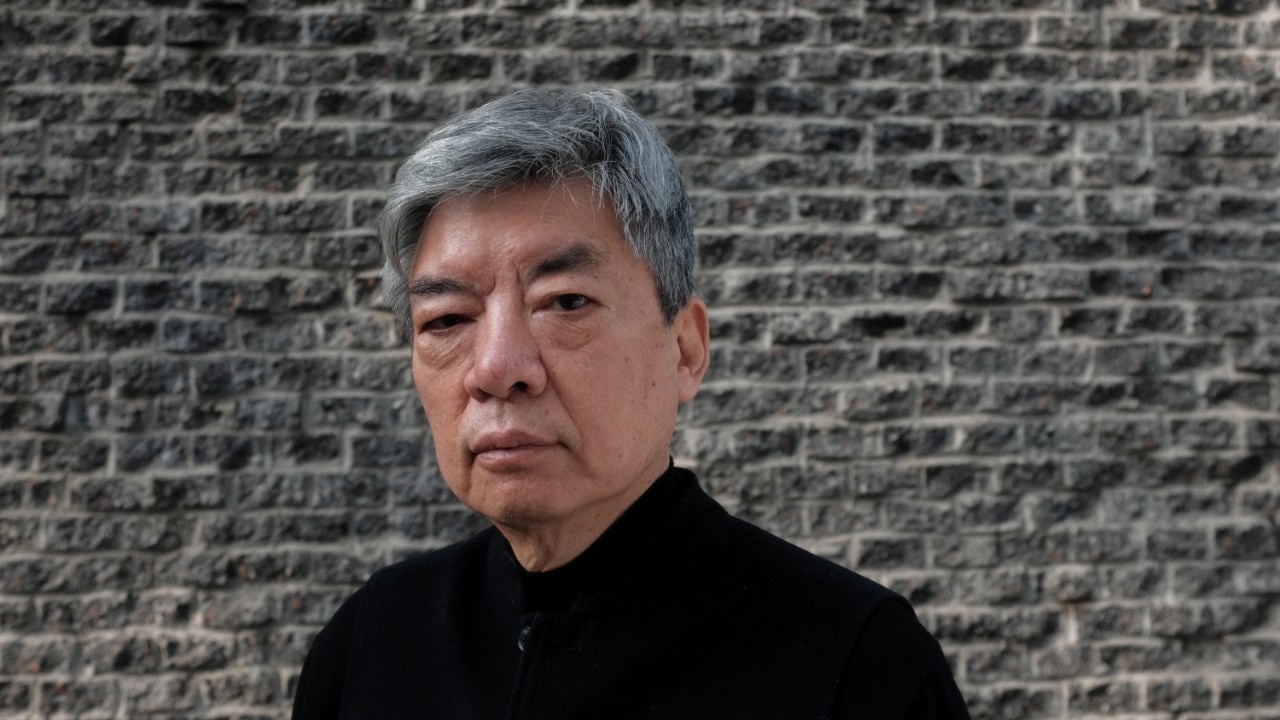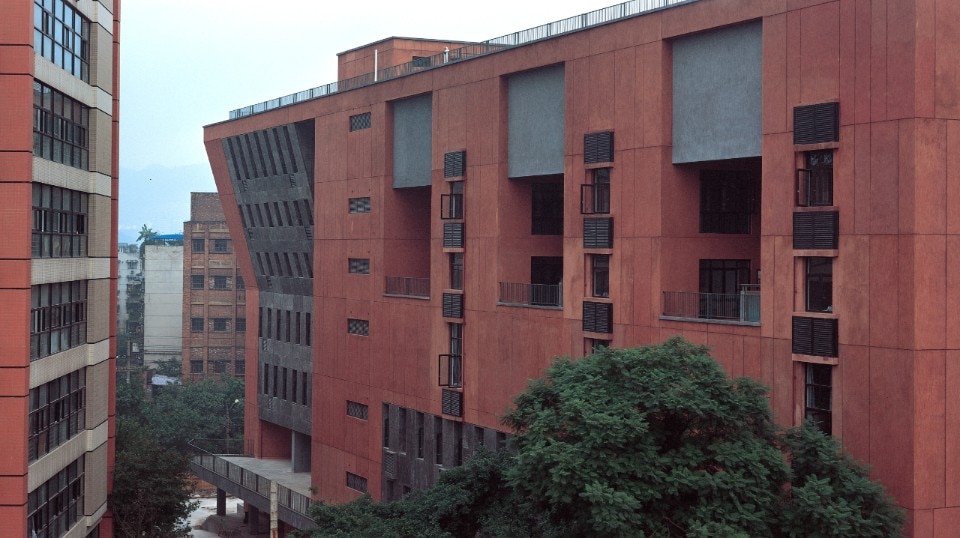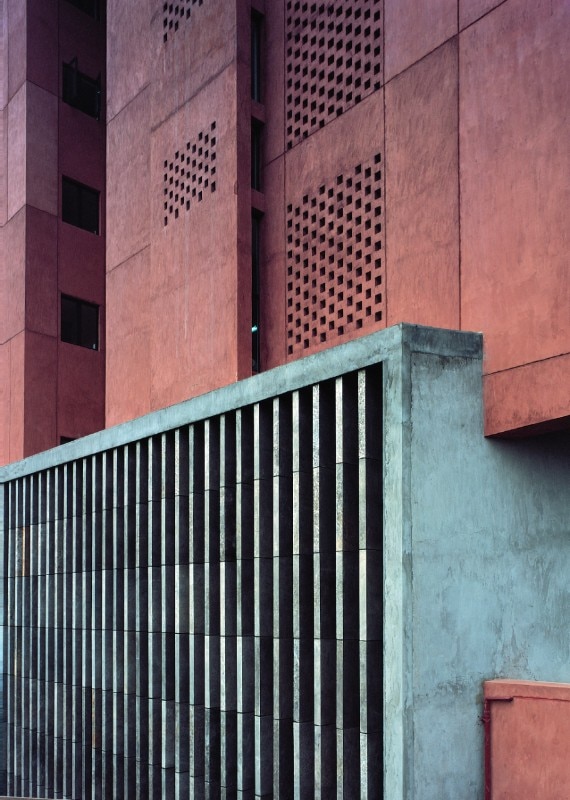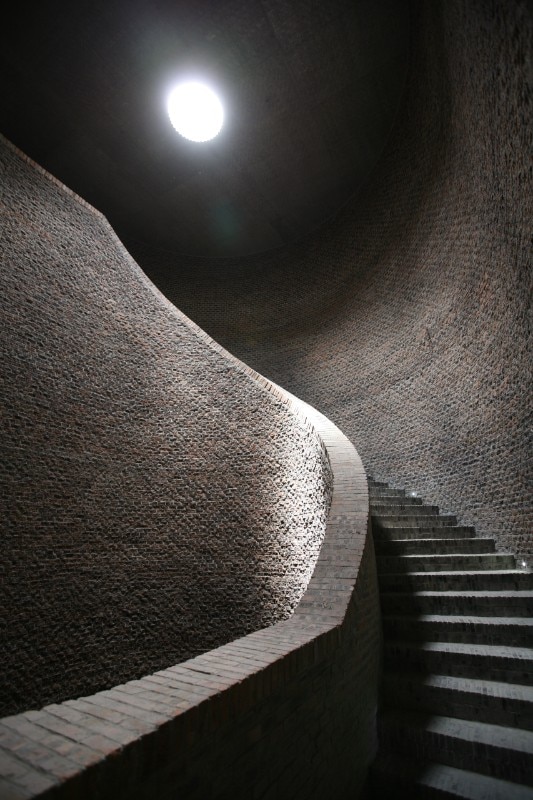The 2025 Pritzker Architecture Prize goes to Liu Jiakun, a Chinese architect who founded Jiakun Architects in Chengdu in 1999. His is an "honest" architecture, based on the use of local materials, craftsmanship rather than prefabricated products, with a process that always seeks more sustainable ways of building, drawing on Chinese tradition to create new contemporary responses.
"Instead of a style, he has developed a strategy that never relies on a recurring method but rather on evaluating the specific characteristics and requirements of each project differently. That is to say, Liu Jiakun takes present realities and handles them to the point of offering sometimes a whole new scenario of daily life." said the jury.
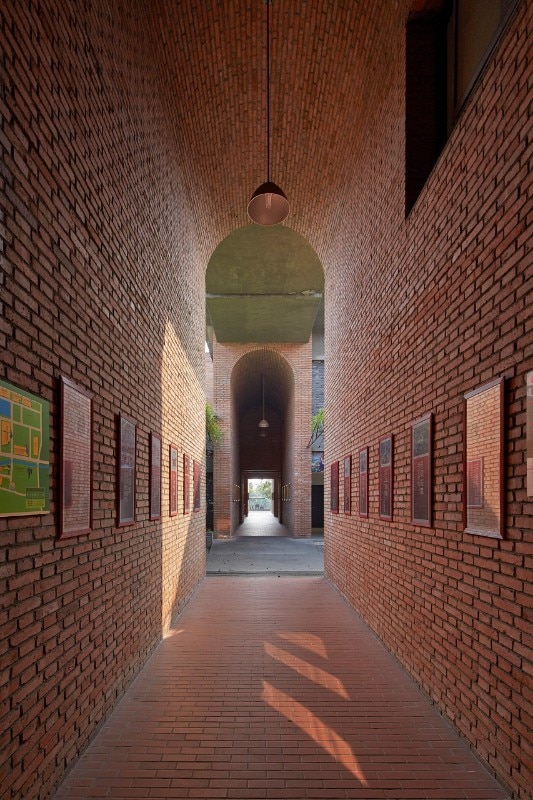
With over 40 years of experience, Jiakun has created many remarkable works in China, which have much in common with his dual profession as an architect and writer: “Writing novels and practicing architecture are distinct forms of art, and I didn’t deliberately seek to combine the two. However, perhaps due to my dual background, there is an inherent connection between them in my work—such as the narrative quality and pursuit of poetry in my designs” says Jiakun.
Among the projects that clearly demonstrate the architect's design method are those made with the so-called 'rebirth bricks', which were created with rubble from the ruins of the 2008 Wenchuan earthquake, an operation that required technological research into how to make them stronger and more efficient. Two of his works in the antipodes are made of these bricks, both in Chengdu: the Hu Huishan Memorial of 2009, his smallest work to date, and the West Village of 2015, which is not only his largest work but also his most important.
The brick theme recurs in many of his projects, especially in cultural architecture, such as the Clock Museum and the Brick Museum of the Imperial Kilns of Suzhou, one of the public works in which Jiakun has been involved. Over the years he has also worked with other materials from the local tradition, such as plaster made with sand from Chongqing for the Sculpture Department of the Sichuan Fine Arts Institute, and important renovations such as that of the Tianbao Caves. This memorial was designed to commemorate Hu Huishan, a student who died in the 2008 Sichuan earthquake. The structure is inspired by the traditional shelters used in earthquake-affected areas, but is a permanent concrete tent with plastered surfaces. Again, the 'bricks of rebirth' were used. The memorial blends discreetly into the landscape, creating an intimate space for remembrance and reflection.
Opening image: Liu Jiakun, Photo courtesy of The Hyatt Foundation/The Pritzker Architecture Prize


